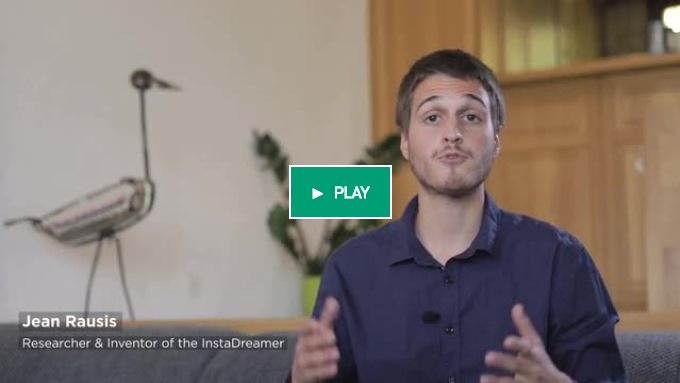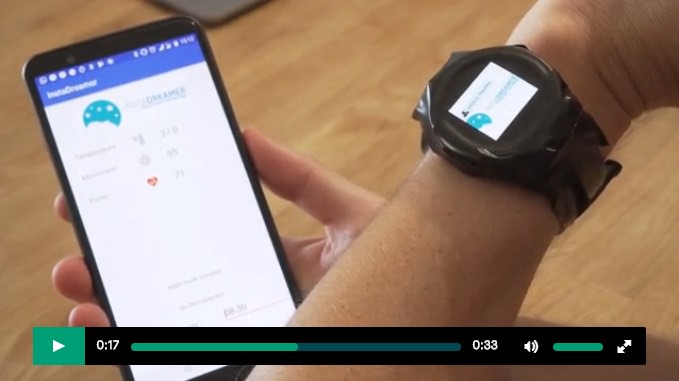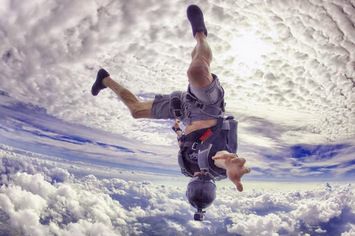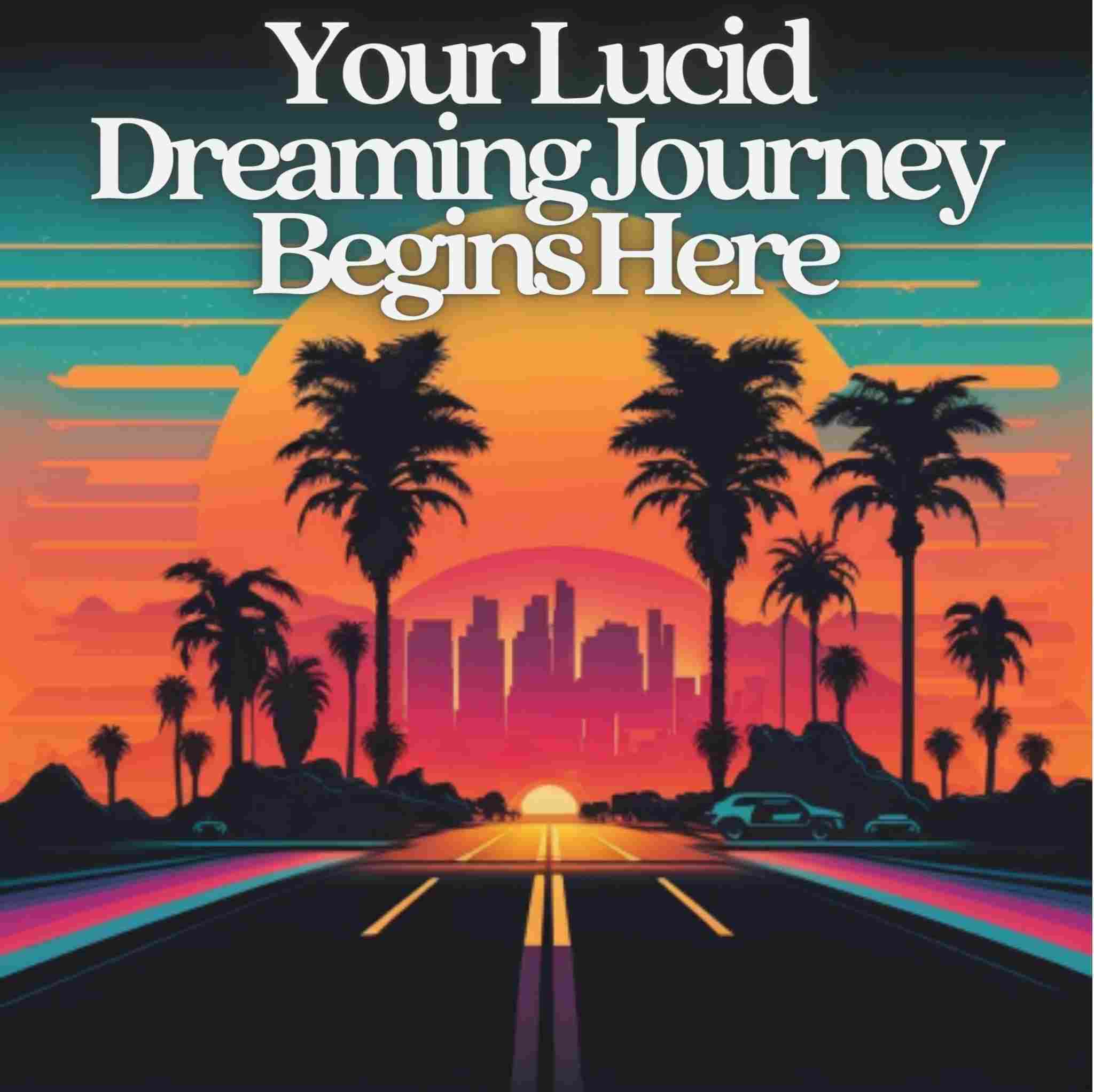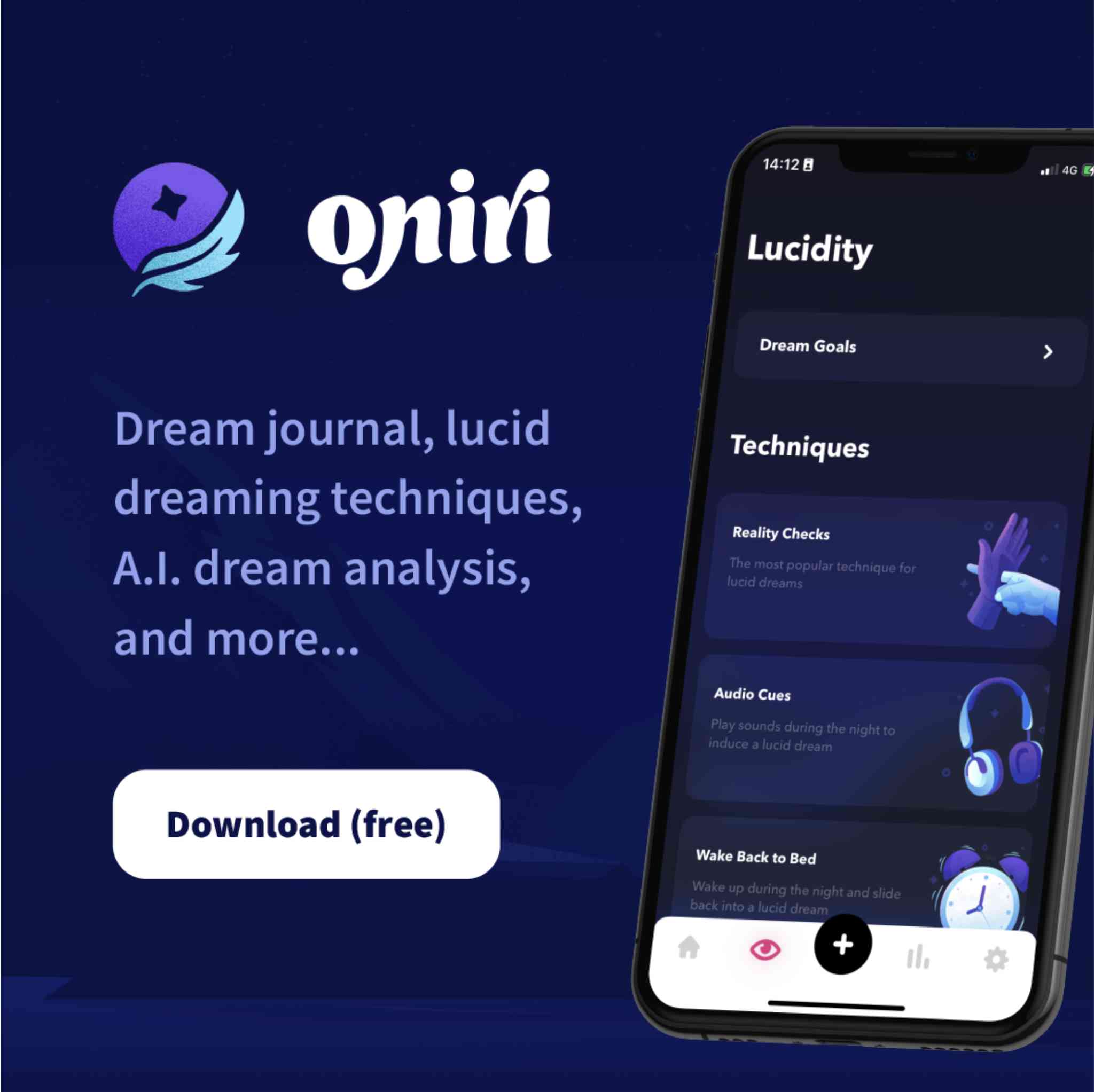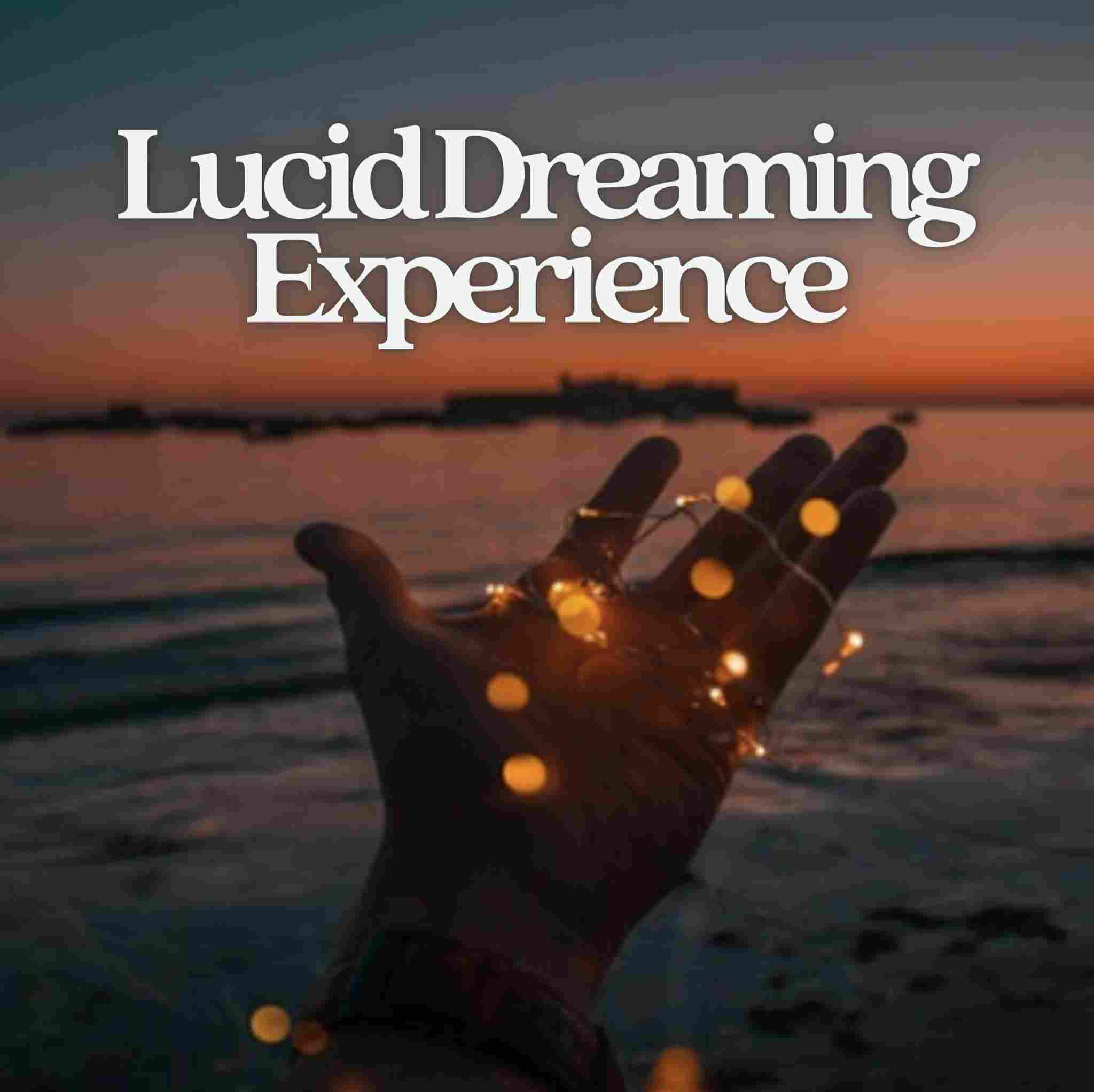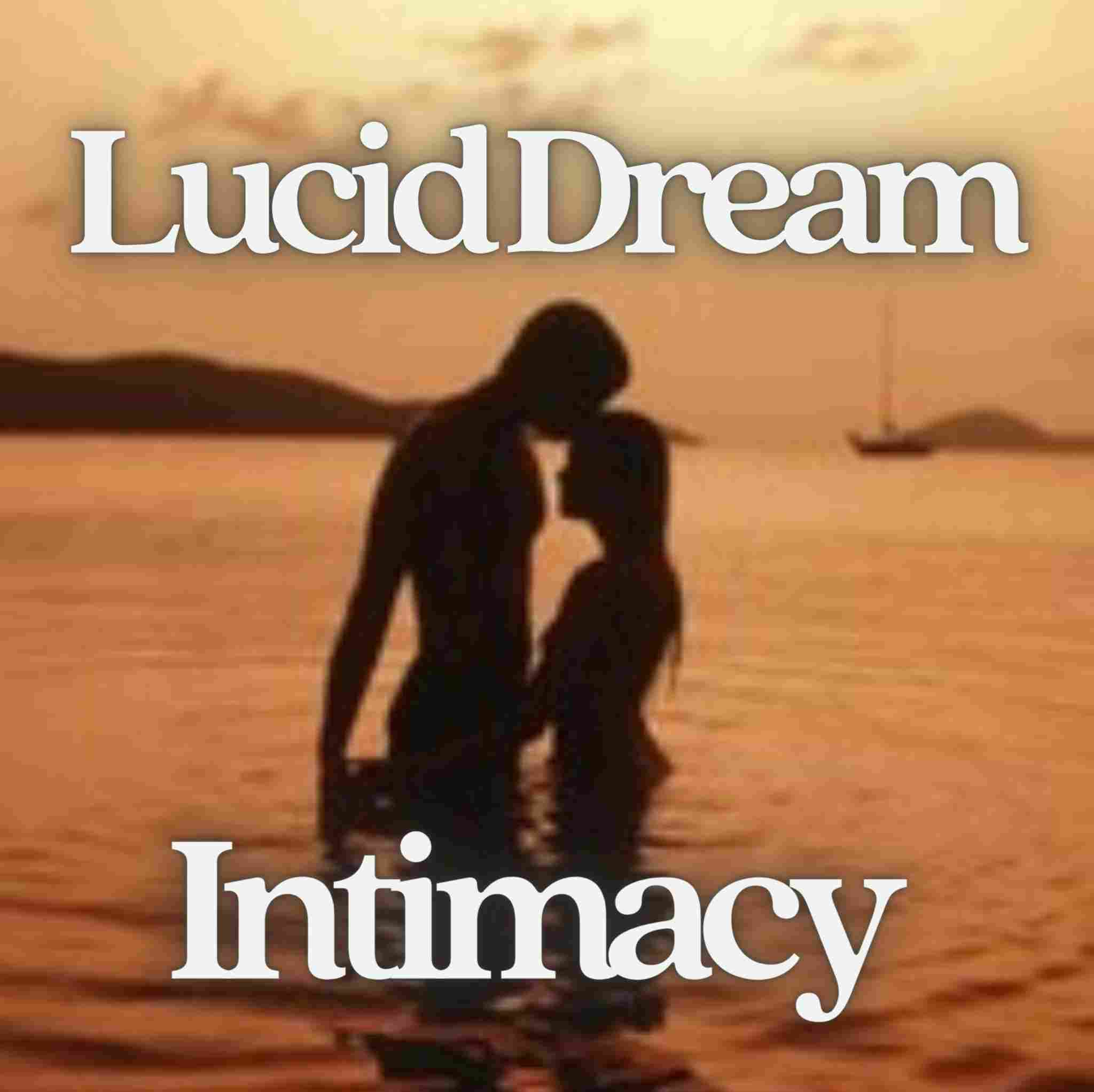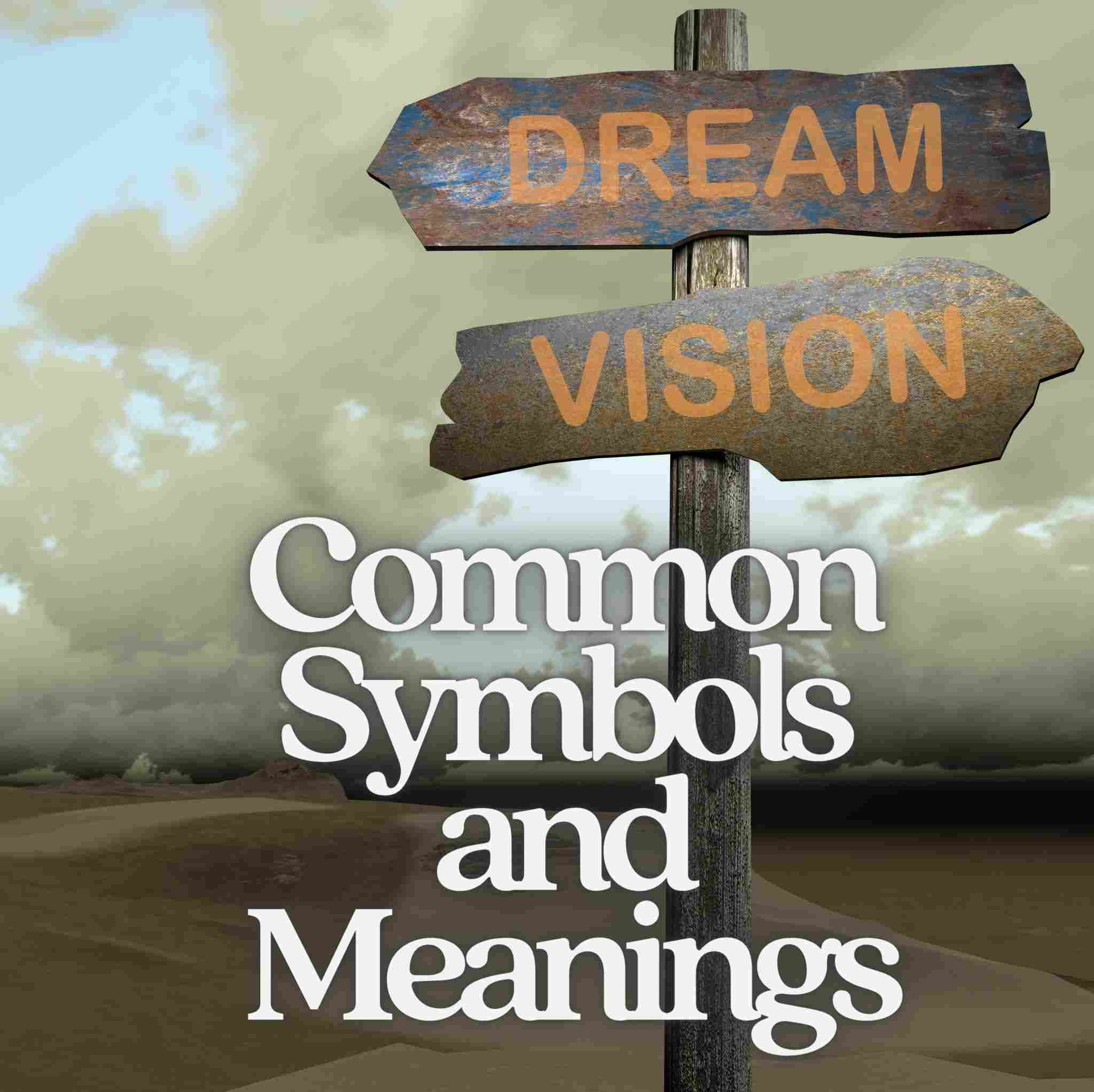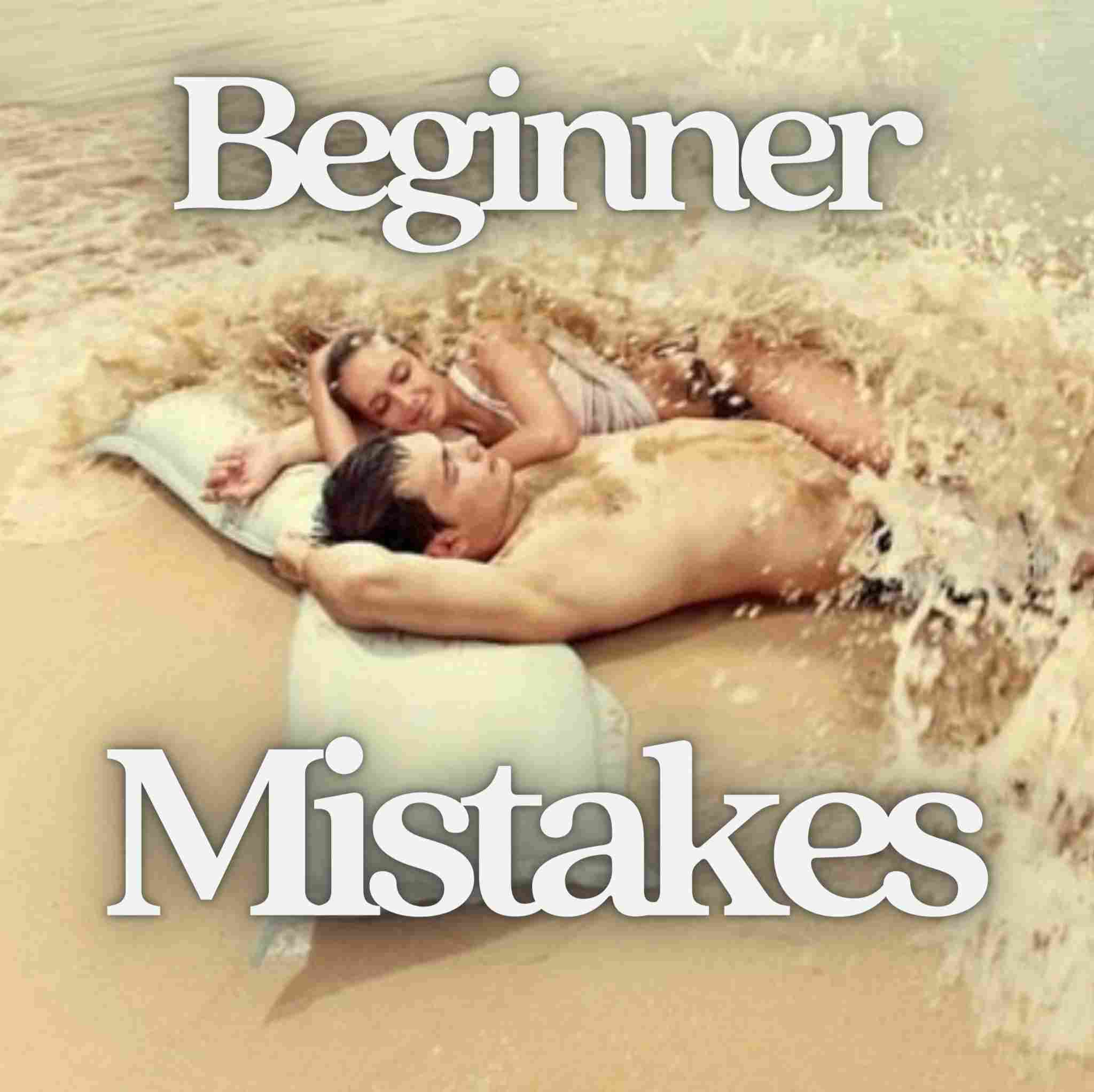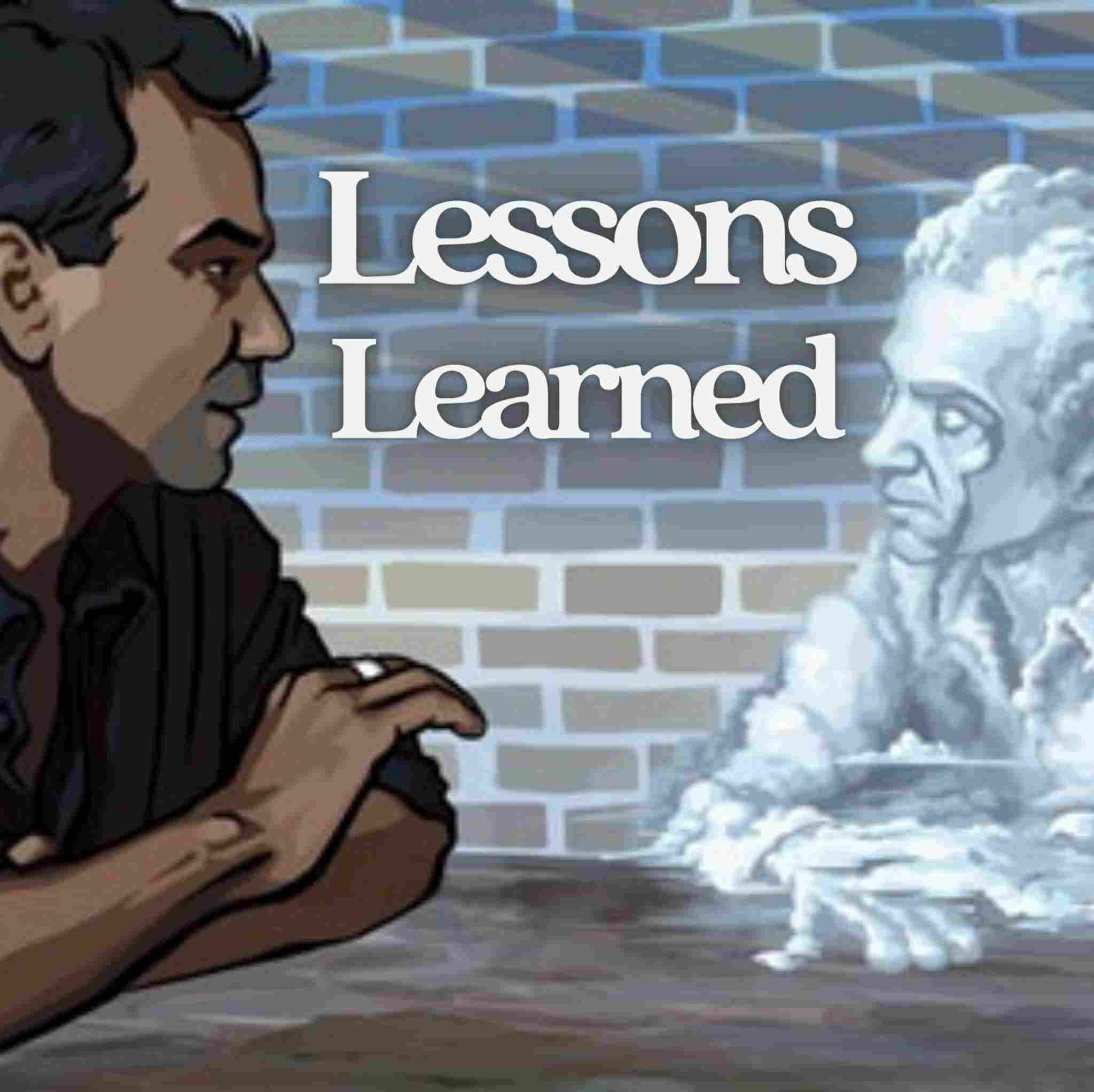July 2018: Historic Breakthrough in Lucid Dreaming Technology
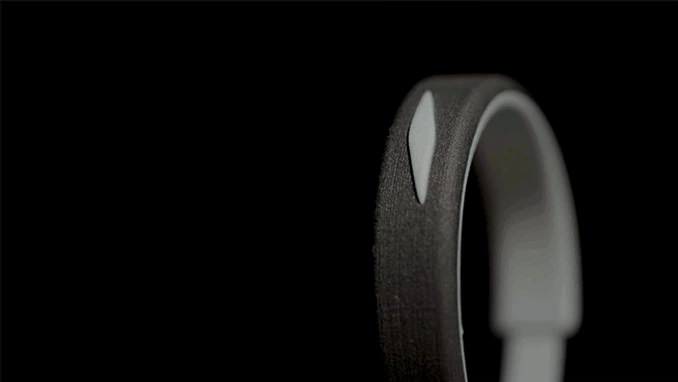
Hold the horses.
Take out the chickens.
(did I just say that?)
Because today is a big day indeed.
It is in fact a historic day for lucid dreaming technology.
Let me explain.
I’ve just spent nearly 2 hours on the phone with Jean Rausis – entrepreneur and inventor of the Instadreamer.
And this device – which just launched on Kickstarter – is set to revolutionise lucid dreaming technology.
A bold claim… and we’ve “heard it all before”. Right?
But this time I’m seeing that something genuinely different is afoot.
A Brief History of Lucid Dreaming Technology – Starting with Masks
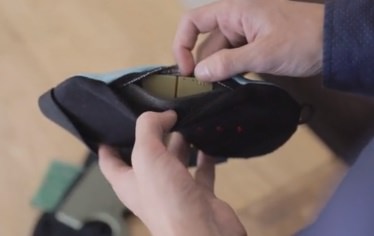
Unlike most of our articles on history, I’m not about to take you back several thousand years.
No, we’re dealing here more with the timeline of the Nintendo 64 and Sega Saturn!
The first generation of lucid dreaming induction devices from the 1990s were simply based on ‘flashing lights’.
A modified sleep mask flashed a small LED light over your eyes - and this stimuli would in theory somehow get interpreted as a dream sign to help you trigger lucidity. If it sounds clunky, that's because it was.
Note: REM Detection in all the first generation devices was based on infrared sensors detecting eye motion.
The very first lucid dreaming mask was called the DreamLink and at the time sold for over US $1,000 because of its (then) novel technology. These were refined a little over the years and in 1993 Stephen LaBerge released the NovaDreamer – a mask that was eventually discontinued in 2004.
That’s just 25 years ago – since folks got busy trying to “productize” our own dreams.
Which has proven to be… no easy task.
As I often say – dreams are fleeting things and difficult to grasp hold of.
The human mind is infinitely complex and not easily manipulated (at least in this sense!). Trying to invoke something as profound as a lucid dream with something small enough and comfortable enough to be worn whilst you sleep has proven extremely challenging.
Look there was some limited success with the initial generation of masks.
A few folks were able to use them to help induce lucid dreams, but the devices never took off - mainly because they were cumbersome, uncomfortable and largely unreliable.
Watch Out - In Come The Headbands (and The Electrodes)
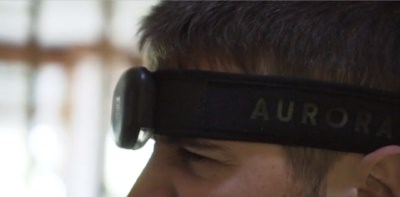
Moving forward a few years…. we see a wave of headbands sporting electrodes. Starting with the iWinks Aurora.
Yes – since 2014 we’ve been literally zapping our brains in an attempt to make lucid dreaming easier (so yes… I suppose, for many, lucid dreaming really must be that hard in the first place).
In fairness, this method was backed up by sound science.
Voss et al 2014 showed in the labs that lucid dreams could actually be induced by EEG stimulation set at a frequency of 40 Hz
Crucially, the REM Detection in this generation of devices was based on detecting variations in the EEG data.
Which sounds fine in theory.
The trouble being, getting EEG data in a professional sleep lab is one thing. But getting it in your own befuddled bed is quite another (it relies on precise placement of multiple electrodes – so whatever you do, don’t move).
We’ve seen a bunch of products attempt to successfully cash in on the results of the Voss EEG study. The Neuroon and LucidCatcher come to mind.
Sadly (and it was a big let down), these devices never hit the mark either.
Headbands sound great on paper.
But I could never see myself actually wearing one of these things to bed.
They were still clunky, uncomfortable and sadly unreliable.
So as of the beginning of this year, there wasn’t much light at the end of the tunnel for lucid dreaming technology.
Most would say it was somewhat stuck in a rut, with all the innovations to date unable to overcome two major obstacles:
- An inability to reliably and non-intrusively detect when REM sleep occurred
- A reliance on external stimuli (lights, sounds, electrocution) to induce lucidity
July 2018 – Enter Jean Rausis and Team
I actually met Jean Rausis for the first time almost a year ago.
He’s been around the lucid dreaming scene for yonks.
He started innovating in lucid dreaming induction techniques back in 2012, based on his background as a professional hypnotherapist.
He even has a technique named after him – The Rausis Method – which has received a lot of positive feedback and generated a lot of buzz on Reddit and YouTube (the video is in French).
Whether you would ever consider purchasing a lucid dreaming device or not, this method is well worth checking out – it’s simple, unusually effective and completely free.
The first time I spoke with him we talked mostly about Pavlovian Conditioning.
Pavlovian (Classical) conditioning is merely a learned association between two stimuli.
(technical explanation here if you fancy it).
We humans often tend to overlook the fundamentals in lieu of the latest trend or fashion. And I’m a big fan of simplicity and going back to basics when seeking innovation.
We’re talking basic human psychology here. Something that’s powerful, proven – and reliable.
Anyway, bear with me, I’ll explain why this is important in a moment.
So what the hell is this thing and how does it work anyway?
OK, so this is why I'm calling out today as historic and why I’m so excited:
Rausis and his team have developed an innovation that overcomes both the previously insurmountable obstacles I talked about before.
A reliance on external stimuli (lights, sounds, electrocution) to induce lucidity
One of the things Rausis was explaining to me on the phone was that he felt the previous generations of devices were trying to make lucid dreaming “too plug and play”.
It was a matter of – let’s just push a button and have a lucid dream – with no effort on the users part at all.
And he felt this didn’t capture the essence of lucid dreaming…
There’s always going to be a certain amount of effort required by the dreamer. Using a device doesn’t do away with the need for basic lucid dreaming discipline like keeping a dream journal or performing reality checks.
So Rausis leveraged everything he had learned from his Rausis Method and Pavlovian Conditioning.
He developed a method that integrated reality checks instead of trying to replace them!
And thus the Instadreamer was born.
The Instadreamer is a wristband (yup, no clunky eye masks or headbands in sight – you’re seeing why I’m a bit excited now) that you wear during the day and during the night.
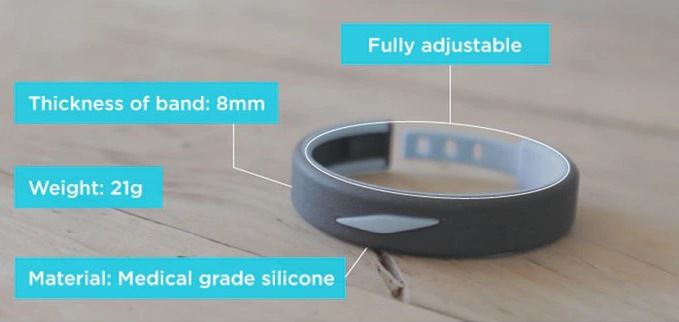
It will vibrate up to 8x a day and this is your cue to perform a reality check.
Because of those aforementioned dogs that Pavlov played around with, you will then build a behavioural association between the vibration of the band and the reality check.
All that remains is for the band to then vibrate during the night, as you enter REM Sleep.
Which will in turn – due to the conditioned response - invoke the reality check within your dream and induce lucidity!
But wait, what about that second hurdle we need to navigate?
An inability to reliably and non-intrusively detect when REM sleep occurs
So you’re following me so far - we just need to know when to make the band vibrate at night.
But how does the Instadreamer do this without EEG electrodes or infrared sensors?
This is the other half of the historic breakthrough.
It leverages the ground breaking work of Nam et al in 2016.
Sleep Monitoring Based on a Tri-Axial Accelerometer and a Pressure Sensor
The importance of this study slipped under the noses of the lucid dreaming community – probably because it doesn’t mention dreams at all. Its subject is the accurate and non-intrusive sleep monitoring via body temperature, pulse rate and movement.
The researchers found that heart rate variability, temperature and physical movement predicted REM and Non-REM sleep states with “significant reliability”.
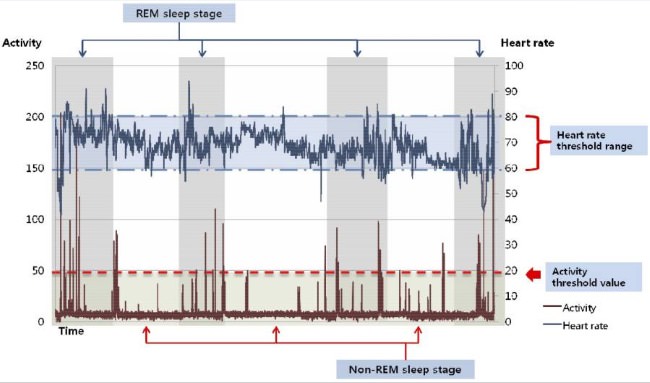
In other words, when we’re dreaming our pulse rises, we get hotter and we move around a little more.
Makes sense right - as we are basically “excited” when we dream.
The Instadreamer contains an inbuilt accelerometer, pulse rate monitor and thermosensor.
What it will do is take measurements during the first phase of the night and use this as a baseline to compare variations occurring in the later phases of the night (when dreams are most likely to occur).
It basically looks and feels like a Fitbit but has the internals of a lucid dreaming machine.
Quite the innovation, eh?
But what about Connectivity?
Many of the products in the previous generations have suffered from “Bluetooth not connected” or similar annoying kind of errors. You’d wake up in the morning only to find a huge chunk of your sleep data missing.
Or worse, you couldn’t pair the thing properly in the first place.
The Instadreamer doesn’t use Bluetooth.
In fact it doesn’t connect directly to your phone at all.
During night mode, it performs all data collection independently and stores the data “on-device”.
The next day it will connect via your home’s Wi Fi and upload your sleep data to your phone (which will automatically share your WiFi credentials with the wristband).
This also means no nasty EMF issues from having a Bluetooth receiver nestled next to your brain box.
And The Prototype?
Naturally, this being a crowd funding campaign, we need to ask about the prototype.
(well, I certainly grilled Jean Rausis about his).
Because in honesty that’s the issue with a lot of Kickstarters these days
Big promises… based on a concept alone, without an actual prototype.
Well, happily, you can actually see the working prototype here.
I quizzed him deeply and Rausis confirmed that the prototype has been built with all sensors including the accelerometer.
So as far as proof of concept… this project is looking good.
Reality checks themselves certainly don’t need any more proving. Nor does Pavlovian Conditioning. The Rausis Method has been acknowledged across the web for years.
The only link in the chain we need to question is the accurate detection of REM Sleep via bodily signals.
And with Nam’s 2016 study plus the tested prototype – this looks like a done deal.
And the results of the testing?
14 of 19 testers had their first lucid dream within the first 3-4 nights of wearing the band.
For perspective, that’s absolutely huge (and the real reason I’m calling out this device as historic). It hands down beats any of the other datasets that I’ve seen (and I work with a lot of innovators in this industry and get to see the real results).
Final Thoughts?
Look, maybe I’m just excited and hopeful about the Instadreamer because it's a sensible product I could actually imagine myself using :-)
In any case, as I write, it has literally just launched on Kickstarter.
UPDATE 29/8/18:The campaign raised over $142,000 and hit 398% of its funding goal.
The Instadreamer ships in February 2019. Until then you can still pre-order for 20% less than the retail price.
Click here to pre-order the Instadreamer for $249 $199 and
save $50.
Enjoy!
